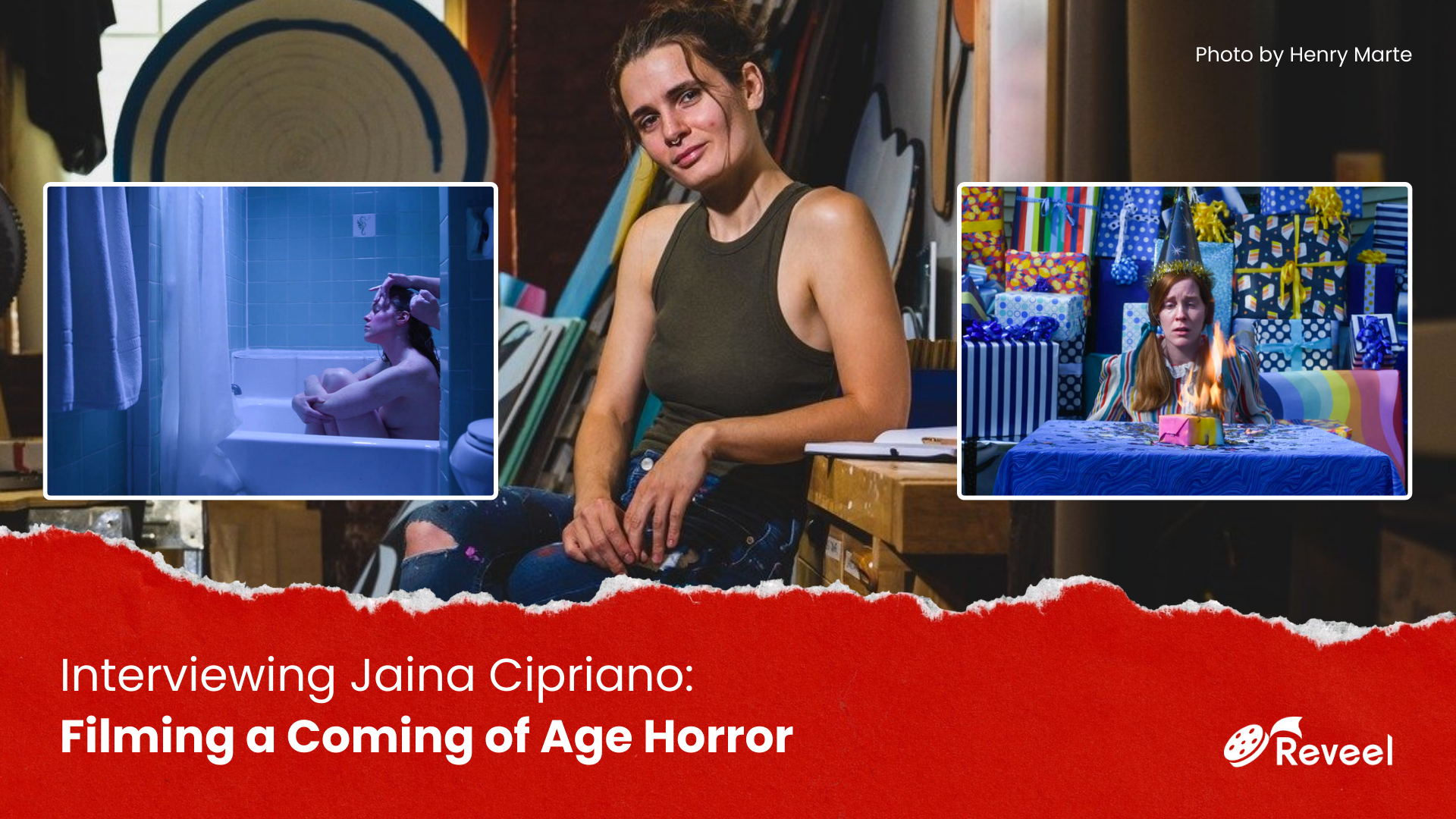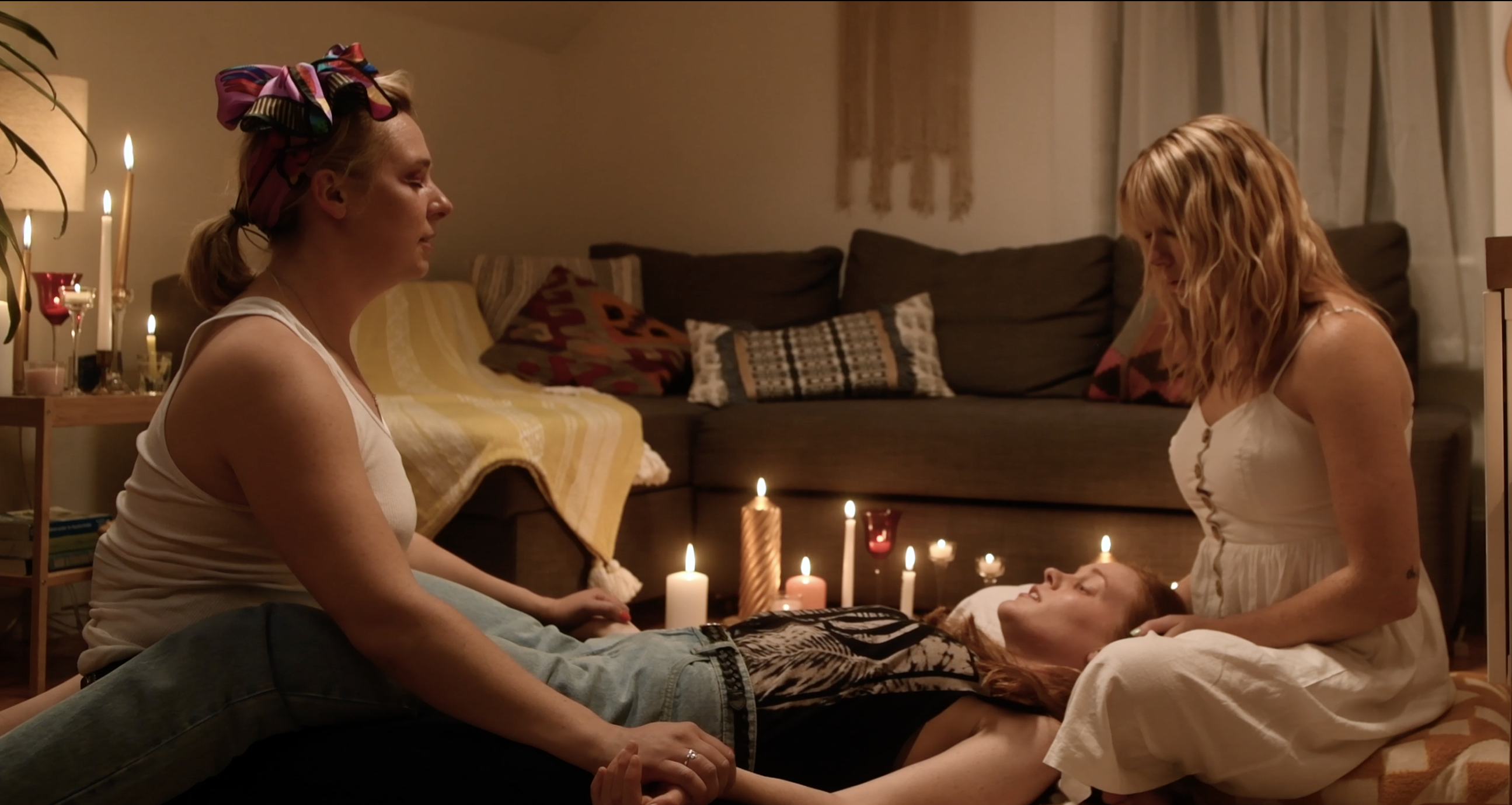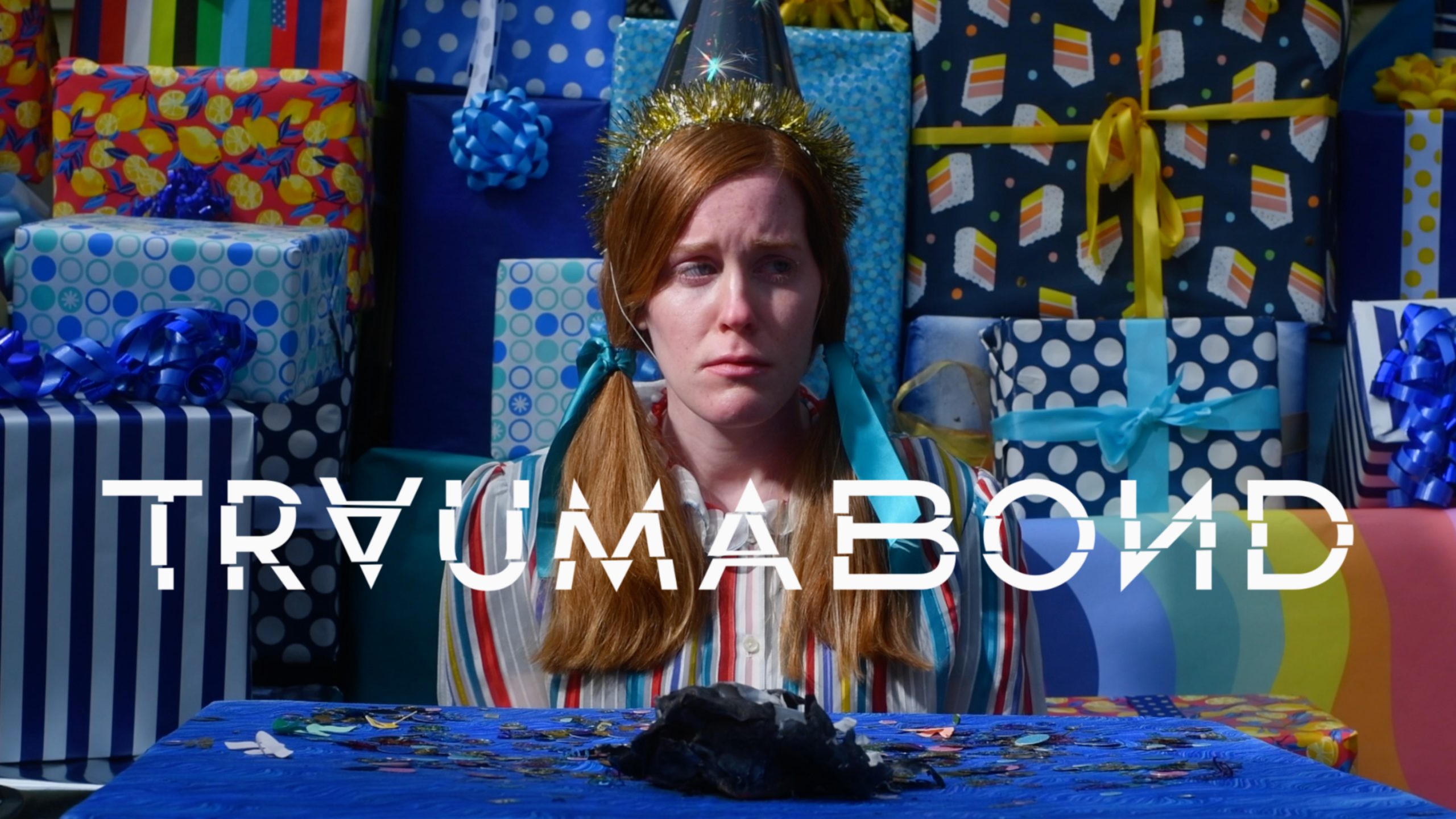
Coming-of-age stories are often nostalgic and lighthearted, but sometimes our formative years are marked by darker experiences. Director Jaina Cipriano challenges this traditional genre with her film “Trauma Bond,” a unique blend of coming-of-age and horror elements. We sat down with Jaina to get insight into how she crafted this unconventional film.
1. In your own words, can you describe what Trauma Bond is about?
Trauma Bond is about the complicated path of healing and how sometimes, in our desperation to free ourselves from our darkness, we can turn to quick fixes that overwhelm us. The only way to truly heal is to be aware of our fear, stay with it, and accept it with kindness. And that takes time, community and trust.
2. The film takes a dark turn. What made you decide to create a darker coming of age story?
My own coming of age was a dark time – and I know I’m not alone. There is something magical about the darkness we experience as we come of age that makes it ripe for filmmaking. That period of my life still haunts me a bit and I find light and peace when I see a reflection of it in media. I hope Trauma Bond makes others feel that way.
.
3. With the film being based on a true story, what did you look for when casting the film?
Authenticity and chemistry were first for me – I was casting individual roles but I also saw the group as its own role – did everyone work well together? I write the characters but my actresses bring them to life and it is important to me to give them space to inhabit. We did a lot of table reads and improv sessions that helped improve the dialogue in the script – it was such a gift to work with such talented actresses!
4. As a director, what were some of the biggest challenges you faced in bringing this film to life?
We filmed this during COVID, so there were many challenges there. But the biggest was my own fear. Seeing this story play out in front of me felt like a bit of psycho-magic and it was both activating and freeing. I was able to face it because I had such a wonderful, collaborative and supportive crew around me.
5. What influences, whether specific films or certain directors, shaped your approach when making Trauma Bond?
Lynch is always on my mind when I step onto set or sit down to write. I strive to give myself the space to dream, or create something that is satisfying but still has a lack of closure. And I am always in awe of the way the story is woven in dozens of layers.
6. What was your biggest lesson from this project, and how do you envision it shaping your future work?
Collaborative sets are healthy sets. This film is shaped by the cast and crew and I am grateful for them – they brought so much richness to this film, things I would not have thought of on my own. We wrote a few lines on the fly, changed a bit at the end, sometimes I needed some input on how to get performances to feel right – I was so grateful to have a crew I could be vulnerable with in that way. A film set is a place – it’s not for me, it’s for everyone, and I hope that everyone leaves my sets feeling as creatively fulfilled as I am.

7. Here’s a fun one. If you could insert yourself as an extra into any famous movie scene from history, which one would you choose?
I want to be in the ballroom in The Shining! Dancing at a dark, magical, ghost party – frozen forever in time.
Two best friends meet up for a reunion that takes a turn when an unexpected visitor crashes the party. Can this new friend help our protagonist figure out what darkness plagues her? Or will they go on an even darker journey together?





